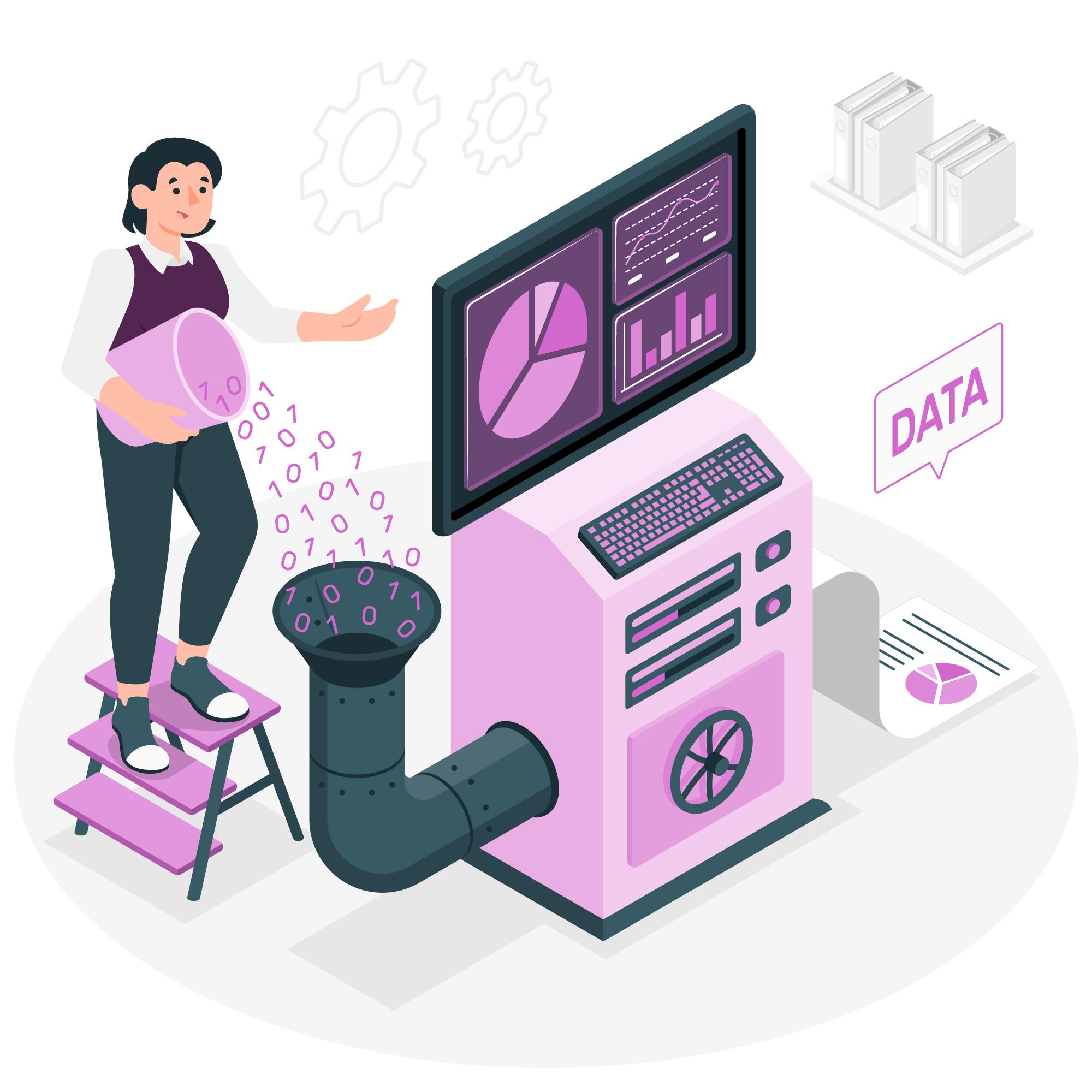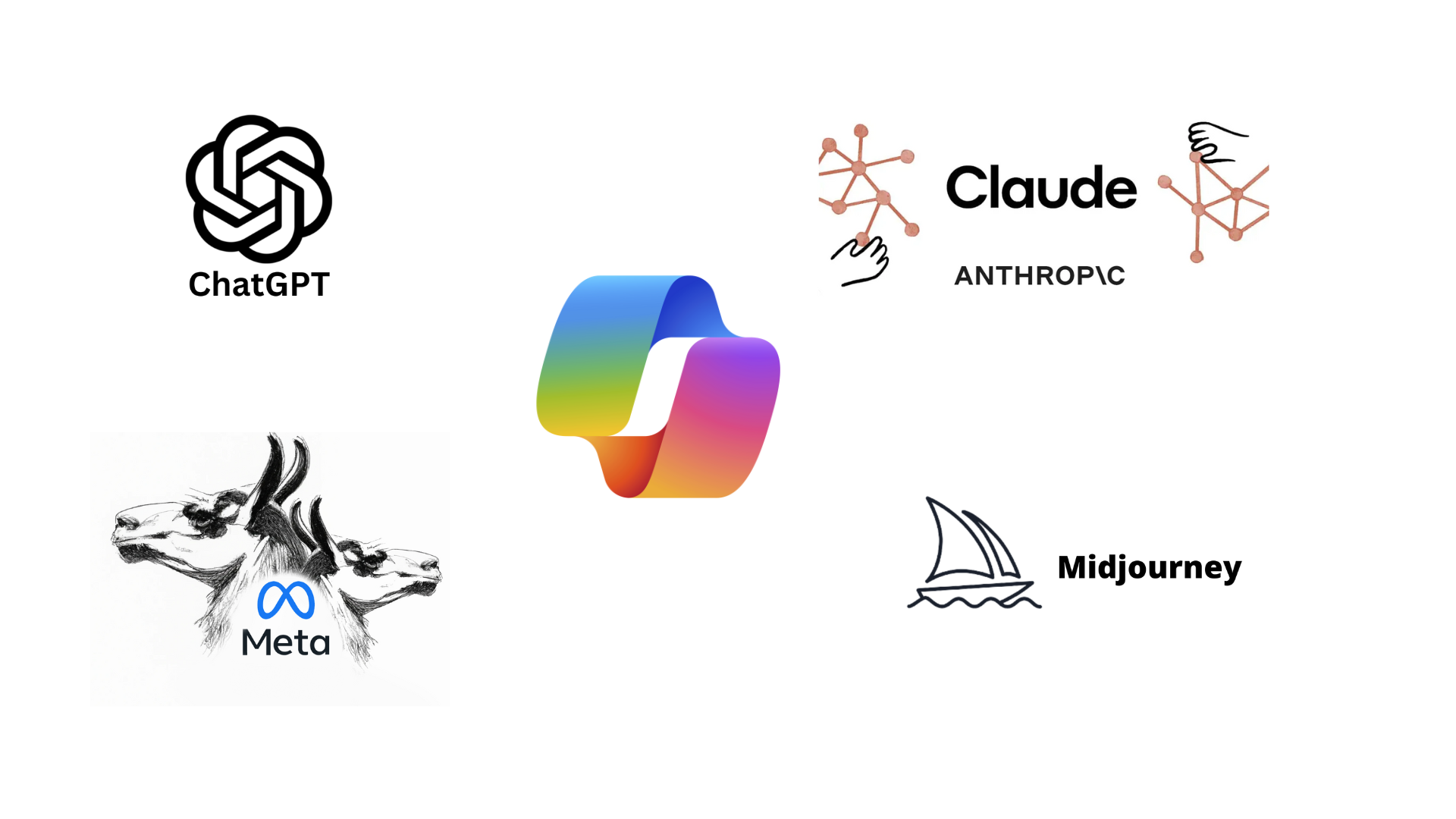NVIDIA’s GTC keynote, led by CEO Jensen Huang, was a deep dive into the company’s vision for the future of AI, accelerated computing, and robotics. Here’s a concise summary and analysis of the key points:
Key Summary
- $1 Trillion Computing Inflection Point: AI demand is skyrocketing, driven by reasoning and agentic AI, reshaping global data center investments.
- NVIDIA Blackwell: Now in full production, it delivers 40x the performance of Hopper, with Blackwell Ultra launching later this year for even greater scalability.
- Annual Innovation Cadence: NVIDIA commits to yearly releases of new GPUs, CPUs, and architectures, including the upcoming Vera Rubin platform.
- Photonics and AI-Optimized Storage: Advanced networking solutions like Spectrum-X and Quantum-X are revolutionizing AI infrastructure with light-based data transmission.
- Physical AI and Robotics: A $50 trillion opportunity, with NVIDIA’s Isaac and Cosmos platforms leading the charge in robotics and automation.
- Agentic AI: The open Llama Nemotron models enable advanced reasoning and decision-making, paving the way for autonomous AI systems.
- DGX Personal AI Supercomputers: DGX Spark and DGX Station bring powerful AI capabilities to desktops, democratizing access to AI development.
- AI Factories: NVIDIA’s Dynamo software acts as the operating system for AI factories, scaling inference and token generation.
- Vera Rubin Tribute: The next-gen Rubin Ultra GPU and Vera CPU architectures promise significant performance gains and cost reductions.
- Robotics and Simulation: Innovations like Isaac GR00T N1 and the Newton physics engine are advancing robotics development and simulation.
Analysis
- AI at Scale: NVIDIA’s focus on scaling AI infrastructure highlights the growing demand for compute power as AI models become more complex. Blackwell and Blackwell Ultra are critical to meeting this demand, enabling faster and more efficient training and inference.
- Annual Innovation as a Competitive Edge: By committing to a yearly release cycle, NVIDIA ensures it stays ahead of competitors while giving industries a predictable roadmap for AI infrastructure planning.
- Photonics as a Game-Changer: The integration of photonics into AI infrastructure is a bold move that addresses energy efficiency and scalability challenges, making large-scale AI deployments more sustainable.
- Physical AI’s Transformative Potential: NVIDIA’s advancements in robotics and automation signal a future where AI-powered systems revolutionize industries like manufacturing, healthcare, and logistics. The $50 trillion opportunity underscores the massive economic impact of these technologies.
- Democratizing AI Development: The introduction of DGX personal supercomputers lowers the barrier to entry for AI research and development, empowering smaller teams and organizations to innovate.
- Agentic AI as the Next Frontier: The focus on reasoning AI and autonomous systems reflects a shift toward more intelligent and independent AI applications, which will play a crucial role in solving complex real-world problems.
- Sustainability and Efficiency: NVIDIA’s emphasis on energy-efficient architectures and photonics highlights the importance of sustainability in AI development, addressing concerns about the environmental impact of large-scale computing.
- Strategic Partnerships: Collaborations with companies like General Motors, Google DeepMind, and Disney Research demonstrate NVIDIA’s ability to integrate its technologies into diverse industries, from automotive to entertainment.
NVIDIA’s GTC keynote showcased the company’s leadership in AI and accelerated computing. By pushing the boundaries of hardware, software, and robotics, NVIDIA is not only addressing current challenges but also shaping the future of technology. The keynote underscored the transformative potential of AI across industries, from data centers to robotics, and highlighted NVIDIA’s role as a key enabler of this revolution. As AI continues to evolve, NVIDIA’s innovations will be critical in driving progress and unlocking new possibilities.





